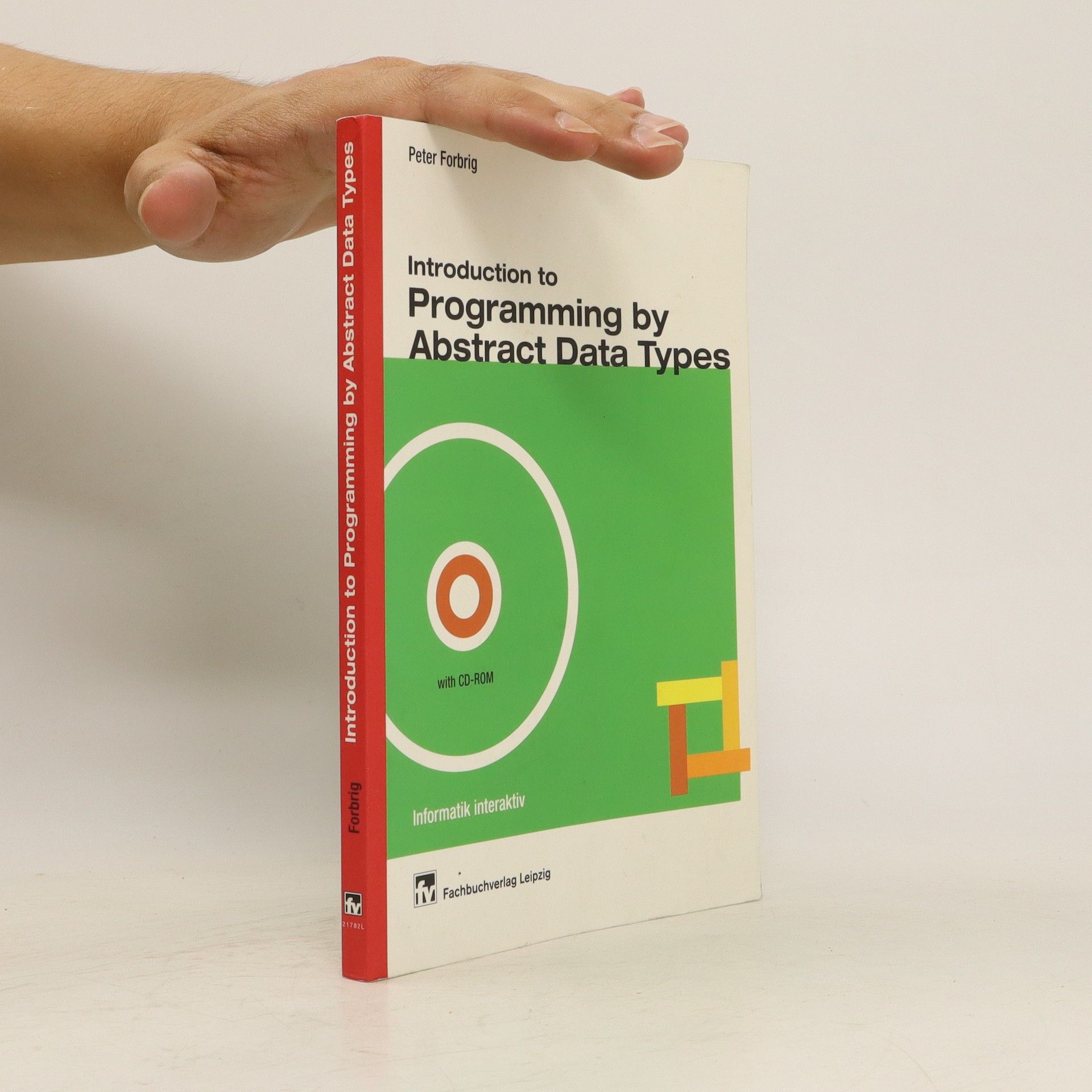The book „Introduction to Programming by Abstract Data Types“ addresses first year computer science students and readers interested in the basic concepts of programming. It is a reliable guide from analysing and specifying problems to implemented software. A systematic way of writing algorithms is trained and a seamless transition to modern principles like data encapsulation and object-oriented programming is shown. The CD-ROM comes with a lot of source code examples and videos showing how tools like VPascal, JBuilder, Delphi, Hope and Haskell environment can be used to understand the principles of programs and specifications. Beside the free systems VPascal (similar to Turbo Pascal), JBuilder University Edition, Hope and Haskell environment there is a Delphi trial version for 60 days available on the CD-ROM. Some exercises with solutions and a glossary are available within the computer based training tool To/ol as well.
Peter Forbrig Libri

